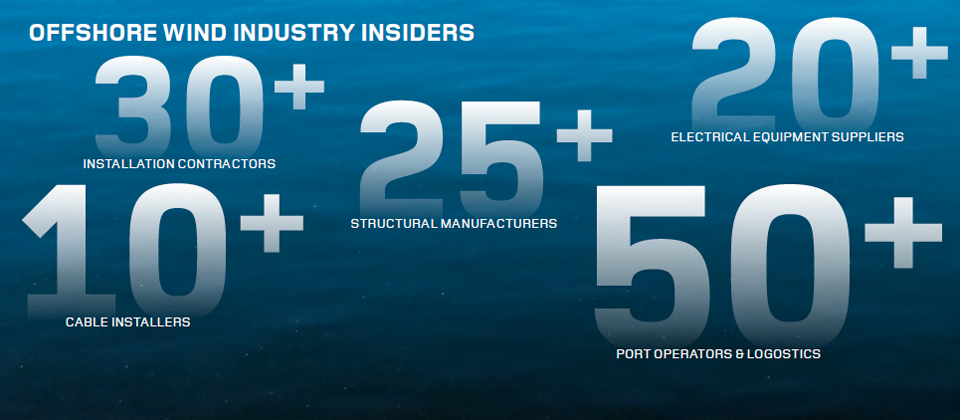
Increasing demand. Larger and larger wind farms. Higher capacity turbines. New foundation types. The offshore grid. These are just a few of the key issues currently being discussed by Offshore Wind industry insiders.
In a relatively young and rapidly growing industry such as Offshore Wind, collaboration is essential. But carefully guarded information silos and a lack of cooperation between project participants are just two factors that can hamper are more open and collaborative approach.
In 2012, we talked to a number of people about how to improve collaboration across the industry. Here’s what they had to say…
“We need more collaboration between suppliers across the supply chain, and alliances that recognise better risk balance.”
Jason Martin, Round 3 Programme Director, ScottishPower Renewables Offshore
“We should cooperate – it’s ‘us’ doing the project together. Use skills and forces in joint venture. Projects run smoother if we talk together – discuss things to find better solutions.”
Bjarne Haxgart, Site Manager, E.ON
“I would like to see more horizontal communication so that knowledge and previous experience is used more actively in the process. Developers, engineers and designers need to exchange knowledge with others in the market.”
Jan-Hinnerk Maxl, Project Manager, Installation Logistics Sandbank, Vattenfall Germany
And it’s also a hot topic online:
The Crown Estate’s Offshore Wind Cost Reduction Pathways Study
“Greater collaboration is a key prerequisite for new ways of working.”
“…developers and the supply chain must embrace collaborative working as opposed to adversarial working….The industry player must be open to ideas from outside their organisation, challenge existing preconceptions on how to design, build and operate offshore wind farms and be prepared to accept standard rather than in-house solutions.”
Offshore Wind Cost Reduction Task Force Report June 2012
“…much evidence, notably from the Oil & Gas sector and large-scale electricity contracting in transmission, suggests a more inclusive and collaborative approach between developer and supply chain could deliver significant cost reductions… such ways of working come in many forms, from early and informal supply chain involvement in project design to a more fully collaborative and autonomous project structure that empowers participants to manage issues and processes more effectively to reach project cost targets.”
“…increased collaboration can reduce costs through optimising the design process and allowing the supply chain to plan more adequately. Active supply chain interface management, aligned to clear project goals, will support a reduction in contract contingencies and cost overruns.”
“Vertical collaboration, particularly in the Front-End Engineering Design (FEED) stage of project development, brings the supply chain into the project design stage much earlier.”
Jan Kjaersgaard, CEO of Siemens Wind Power: “We must work together and think outside of the box on how cost reductions in offshore wind energy can be achieved.” Read the full article
If you’d like to share your thoughts on the matter or suggest a theme for future editions, please send your comments to Mette Jørvad Niess, Communications Manager at A2SEA, mjn@a2sea.com
Like this post? Subscribe now and get notified about new content!

